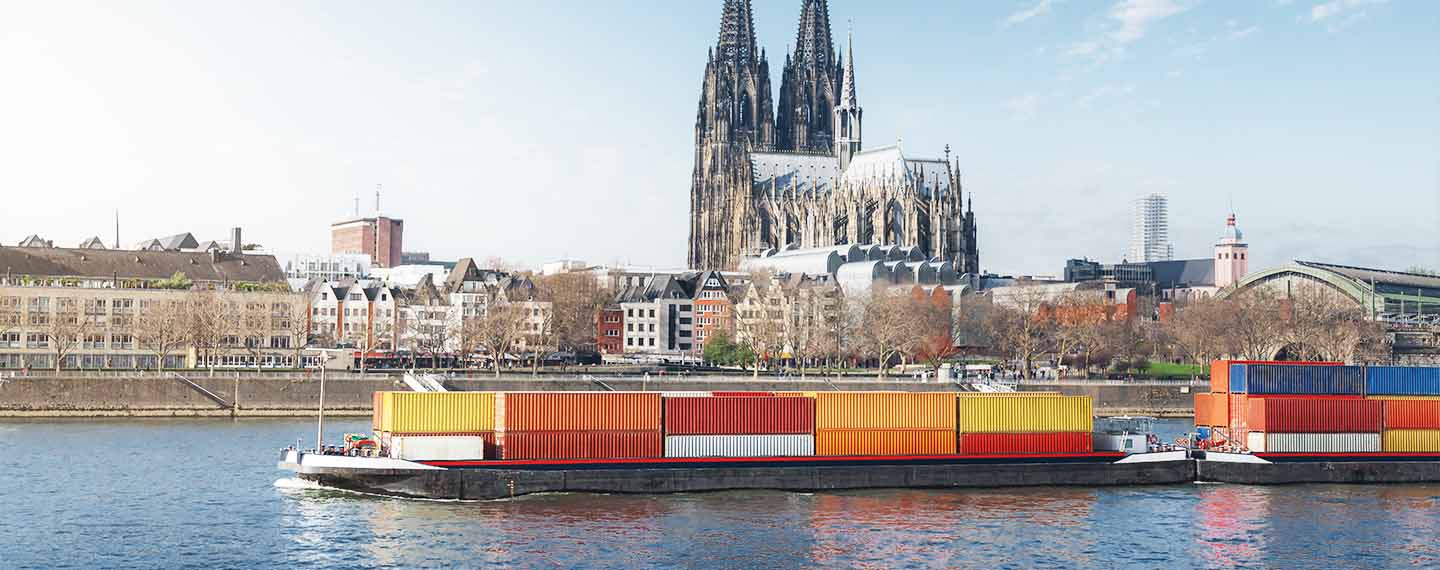In the current era of climate change and great-power rivalry, industrial policy is back and this necessarily implies greater public investment and participation in the economy. The EU needs to adapt to this new reality, but if it wants to maintain the level playing field in the Single Market it must develop a supranational fiscal capacity.
The US has joined China and other big players in the global economy in heavily subsidising companies and citizens to accelerate the green transition and acquire leadership in key economic sectors. This support puts the economies of the EU at risk. They could de-industrialise and fall behind in the development of new technologies. Therefore, the EU must respond. However, instead of undermining the Single Market by making state aid rules more flexible (which could generate unfair competition within the Single Market), it should move forward in its much-needed fiscal union.
Only the creation of a permanent fiscal capacity to finance European public goods such as strategic autonomy, energy independence or the green transition can provide an effective response to this challenge. Moreover, deepening economic and fiscal integration would reduce internal economic divergences and increase the EU’s clout on the global scene.
China has been subsidising its state-owned enterprises for decades. And the US, with its Inflation Reduction Act (IRA) and its Chips Act, passed in 2022, will invest billions of dollars to transform its economy to ensure global economic leadership. As part of the IRA, US$369 billion will be devoted to investments to promote the transformation of the energy sector. Among other things, there will be substantial subsidies and tax credits to promote the use of electric vehicles, facilitate electrification, produce solar panels and develop green hydrogen.
However, the IRA has complex ‘buy American’ provisions that will make European companies unable to benefit from government support. For example, to qualify for the subsidies and tax credits, battery components must be produced in the US and electric cars must be produced mainly in US factories. Moreover, a free-trade agreement, which the US has with Canada and Mexico, and with South Korea, but not with the EU, the UK or Japan, is also a prerequisite to be eligible for some elements of the IRA’s support.
The stated goal of the IRA is not to damage European producers. It is to accelerate a transition to a low carbon economy, to reduce greenhouse gas emissions and to diversify away from China, who is a world leader in battery production and mines 73% of the critical raw materials required to produce batteries for electric vehicles. These goals are also supported by the EU. However, major European companies feel discriminated against and argue that the IRA is protectionism in disguise.
The EU should work with the US to ensure that changes to the IRA are made. This would reduce discrimination against European companies.
However, despite the US’s willingness to make tweaks in its legislation, it is unlikely the act will be substantially modified. The US Congress has a Republican majority and President Biden reinforced his belief in ‘buy American’ in his last State of the Union address. Therefore, the EU needs to change track, and fast. The 9-10 February EUCO summit outlined a combination of relaxation of state aid rules and the reshuffling of common funds to respond to the challenge.
However, this is not the best response. Efforts should concentrate on the creation of a permanent fiscal capacity to finance European common investments, and the creation of a European Sovereignty Fund, as proposed by the European Commission, would be a first step in this direction. Relaxing state aid rules, as agreed by the Council, will undermine the Single Market because some countries have much more fiscal space than others. In fact, since March 2020, Germany (53%) and France (24%) alone have accumulated almost 80% of all state aid in the Union.
The national logic in state aid is easier to implement but distorting. Many Spanish firms, for example, were not able to participate in the IPCEIs until the NGEU funds arrived. To compete with the US and China, the EU should increase its joint borrowing, which needs to be financed by own resources. These funds can then be used for joint, cross-border research and development, public procurement and regional convergence, which should be based on best practices in public-private cooperation, multi-level governance and place-based regional productive specialisation to create agglomeration economies.
Many are sceptical about the effectiveness of fiscal transfers, but these are what keep political unions together. The key is to design and implement them as best as possible and for this the EU needs to develop appropriate indicators, ex-post independent evaluations and the administrative flexibility and agility to change course whenever the evidence on the ground requires it.
Ultimately, analysing the bigger picture, a central fiscal capacity would facilitate the completion of the banking and capital markets union, because it would produce a risk-free asset and it would support the international role of the Euro, which in turn will lower the financing costs of the Union. This will give the EU more fiscal space to compete with the US, which –we should not forget– enjoys the ‘exorbitant privilege’ of issuing the dollar.
[1] Originally published by the Trans European Policy Studies Association (TEPSA) at EUCO Debrief March 23 (tepsa.eu), p. 19-20.
Image: Cargo ship carrying containers on the Rhine River with Cologne Cathedral – Cologne, Germany. Photo: Diegograndi.




